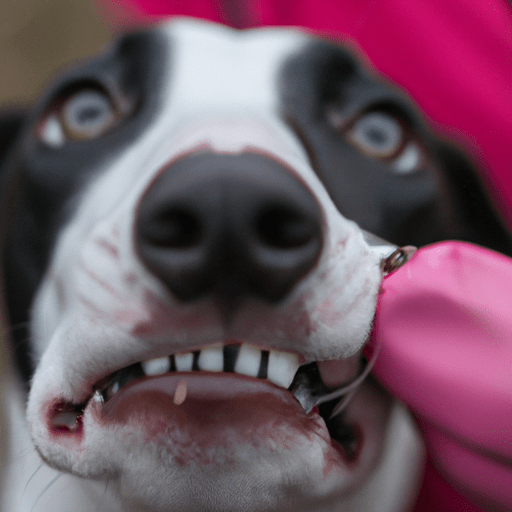“`markdown
What Do Pale Gums Look Like in Dogs?
Recognizing Unhealthy Gums in Your Canine Companion
As a caregiver, you’re probably aware of your dog’s usual behavior and appearance. But have you ever paused to inspect the color of their gums? Healthy gums in dogs should be bubblegum-pink, but if they appear pale or white, it can be a sign of serious health issues.
The Causes Behind Pale Gums
Pale gums can indicate several underlying health problems, ranging from anemia to heart disease. Here’s a brief list of the most common causes:
- Anemia: A decrease in the number of red blood cells or hemoglobin in the dog’s blood.
- Shock: This can be a result of trauma, blood loss, or severe allergic reactions.
- Heart disease: Reduced blood flow due to heart conditions can result in pale gums.
In case you notice pale gums in your dog, it’s essential to consult a veterinarian immediately.
Symptoms Accompanying Pale Gums
While pale gums are a significant symptom on their own, they are often accompanied by other signs of illness. As a caregiver, keep an eye out for:
- Lethargy or weakness
- Rapid breathing or panting
- Loss of appetite
- Unexplained weight loss or gain
- Changes in behavior
How To Check Your Dog’s Gums
It’s a good practice to regularly check your dog’s gums. Here’s a simple step-by-step guide:
- Gently lift your dog’s upper lip.
- Look at the color of the gums.
- Press your finger against the gum. It should blanch white, then return to its normal pink color within two seconds when you remove your finger.
Remember, any deviation from the norm could be a sign of health concern.
What To Do If Your Dog Has Pale Gums
Having identified pale gums in your dog, you might be wondering what to do next. Here’s a brief guide:
- Don’t panic: This will only stress your dog more.
- Consult a vet: Make an appointment or take your dog to an emergency vet clinic if necessary.
- Follow the vet’s advice: They might prescribe medication, suggest a diet change, or recommend further tests.
Frequently Asked Questions
Q: How often should I check my dog’s gums?
A: Ideally, you should check your dog’s gums once a week.
Q: What other gum colors should I be concerned about?
A: Besides pale, gums that are blue, yellow, or bright red need immediate veterinary attention.
Q: Can diet affect my dog’s gum color?
A: Yes, a diet lacking essential nutrients can lead to anemia and pale gums.
Remember, as a caregiver, your vigilance can make a world of difference to your furry friend’s health. So keep a watchful eye and ensure they’re always in the pink of health, quite literally!
“`



